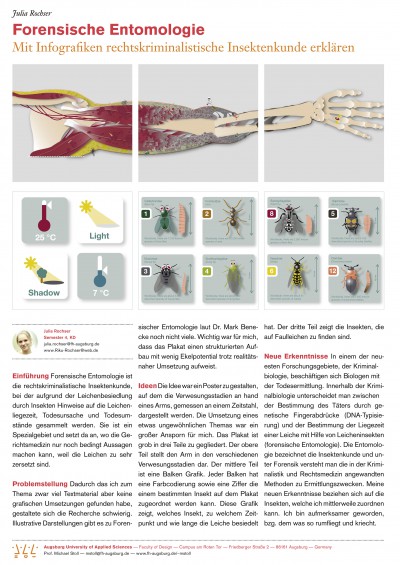Ever wondered what happens after life takes its final bow, especially when the circumstances surrounding death are shrouded in mystery? What meticulous procedures are undertaken to unravel the truth and bring closure? The forensic post-mortem, or autopsy, is far more than just a medical examination. It’s a quest for answers, a silent conversation with the deceased, and a crucial tool for the justice system. It poses a challenge, sometimes, to ascertain beyond a reasonable doubt, how, when, and why a person died. This process is essential, even when the cause of death seems obvious at first glance.
The Initial Stages: A Protocol of Preservation and External Assessment
The post-mortem examination initiates with a meticulous external assessment. This isn’t simply a cursory glance. It’s a systematic evaluation of the body’s exterior, searching for clues that might illuminate the cause and manner of death. The body arrives, often clad in the clothes worn at the time of death, which are carefully documented and removed. The forensic pathologist then meticulously records identifying features, such as height, weight, sex, ethnicity, and any distinguishing marks like scars, tattoos, or birthmarks. These identifiers help confirm the identity of the deceased and can be crucial if identification is uncertain.
The pathologist pays close attention to any signs of trauma: lacerations, abrasions, contusions, or puncture wounds. Each is documented with precision, noting its size, shape, location, and characteristics. Are the wounds antemortem (inflicted before death) or postmortem (after death)? The differentiation is critical. The presence of lividity (livor mortis), the settling of blood in the dependent parts of the body after death, is assessed to determine the position of the body after death and to estimate the time elapsed since death (post-mortem interval). Rigor mortis, the stiffening of muscles after death, is also evaluated for its onset, progression, and resolution. The eyes are checked for signs like petechial hemorrhages or clouding of the cornea. The external orifices, such as the nose, mouth, and ears, are examined for any evidence of bleeding or discharge. This comprehensive external examination is the foundation upon which the rest of the post-mortem examination is built.
The Internal Examination: Unveiling the Body’s Secrets
The internal examination is where the pathologist delves into the body’s internal organs and systems. This phase involves making incisions to expose the thoracic, abdominal, and cranial cavities. One common incision technique is the “Y” incision, which extends from the shoulders to the pubic bone. A “T” incision can also be used. The pathologist carefully dissects the body, examining each organ in situ before removal. The organs are then weighed, measured, and meticulously examined for any abnormalities.
The heart, lungs, liver, kidneys, spleen, brain, and other organs are all scrutinized. Is there evidence of disease, such as tumors, infections, or organ failure? Are there signs of trauma, such as lacerations, contusions, or fractures? Any anomalies are carefully documented and photographed. Tissue samples are collected for microscopic examination (histopathology) and toxicology testing. Histopathology can reveal cellular changes indicative of disease or injury, while toxicology testing can detect the presence of drugs, alcohol, or poisons in the body. The brain is often examined last, requiring specialized techniques to remove it from the skull. The meninges, the membranes surrounding the brain and spinal cord, are inspected. The brain itself is sliced and examined for signs of hemorrhage, contusions, or other abnormalities. This internal examination is a meticulous process of dissection, observation, and analysis, all aimed at uncovering the cause of death.
Ancillary Investigations: Supplementing the Post-Mortem Findings
The post-mortem examination isn’t solely reliant on gross anatomical findings. Ancillary investigations play a crucial role in supplementing and refining the pathologist’s conclusions. These investigations can include:
- Toxicology: Detects and quantifies drugs, alcohol, poisons, and other substances in body fluids and tissues. This is essential for identifying drug overdoses, poisonings, and other substance-related deaths.
- Histopathology: Microscopic examination of tissue samples to identify cellular abnormalities indicative of disease or injury. This can reveal evidence of infections, tumors, or other pathological processes.
- Microbiology: Cultures of body fluids or tissues to identify infectious agents, such as bacteria, viruses, or fungi. This is important for determining if infection played a role in the death.
- Radiology: X-rays, CT scans, or MRIs can be used to visualize internal injuries or abnormalities. This can be particularly helpful in cases of trauma or suspected skeletal injuries.
- DNA analysis: Genetic testing can be used to identify the deceased or to link them to a crime scene. This is especially important in cases of unidentified bodies or suspected foul play.
- Forensic Odontology: Examination of dental remains to identify the deceased or to analyze bite marks.
These ancillary investigations provide valuable information that complements the gross anatomical findings and helps to establish the cause and manner of death with greater certainty. They also aid in corroborating the findings of the external and internal examinations.
Synthesizing the Findings: The Final Report
Once the post-mortem examination is complete and all ancillary investigations have been concluded, the forensic pathologist synthesizes all the information gathered. This involves integrating the findings from the external and internal examinations, the results of toxicology, histopathology, and other ancillary tests, and the circumstances surrounding the death. The pathologist then prepares a detailed report outlining the findings of the post-mortem examination, the interpreted cause of death, and the manner of death. The cause of death refers to the specific disease, injury, or condition that directly led to death (e.g., myocardial infarction, gunshot wound, or pneumonia). The manner of death, on the other hand, refers to the circumstances surrounding the death, categorized as natural, accident, suicide, homicide, or undetermined. This report serves as a crucial document for law enforcement, the legal system, and the deceased’s family, providing a comprehensive explanation of the events leading to death.










Leave a Comment